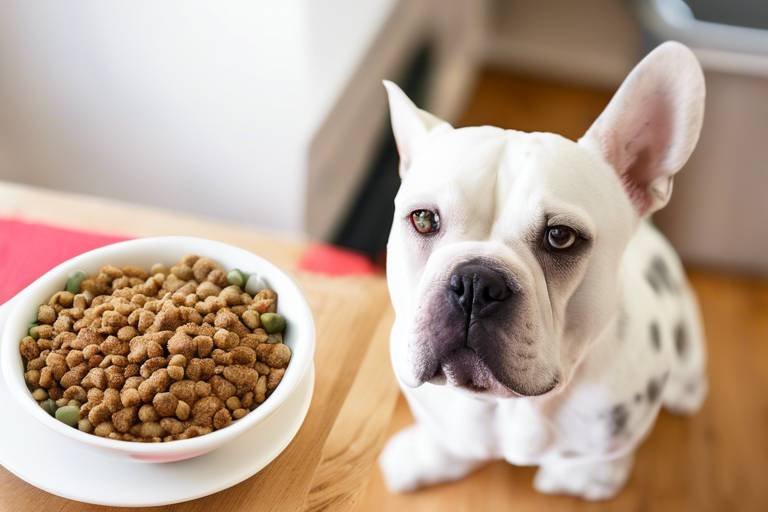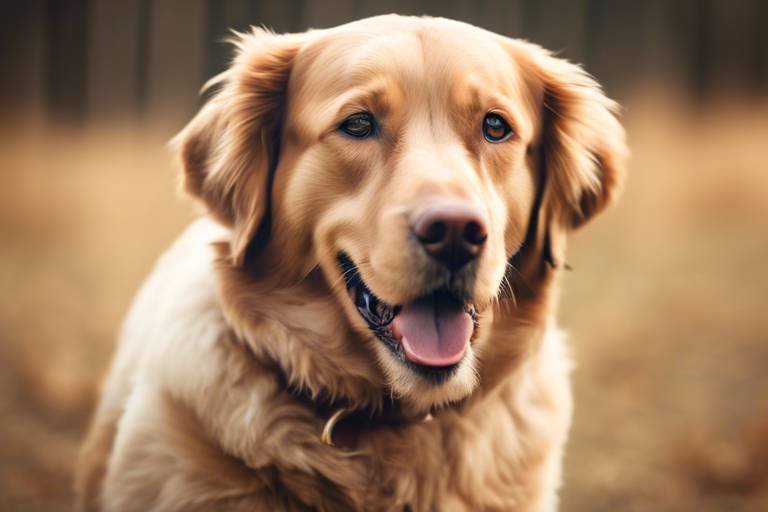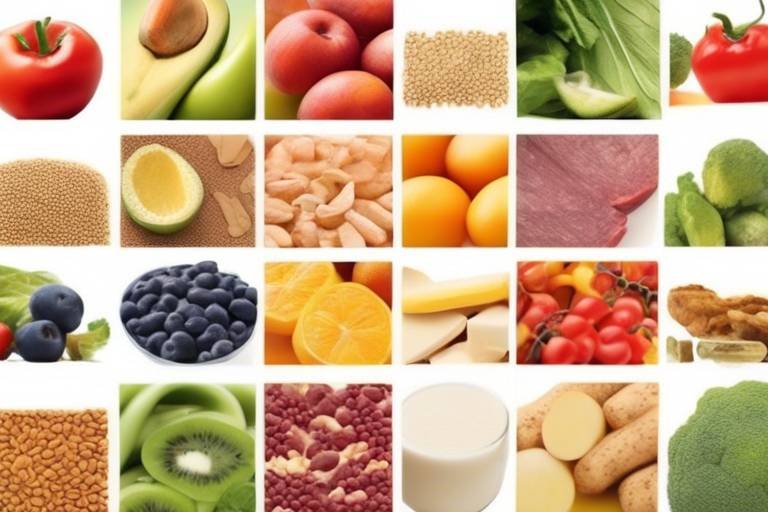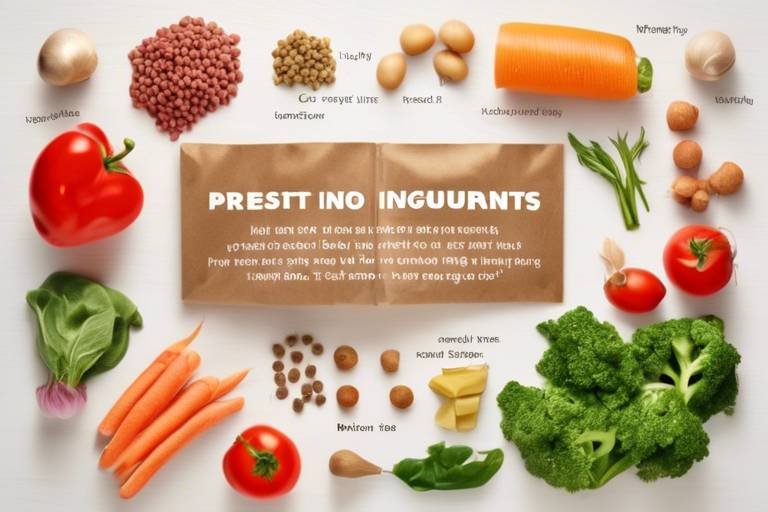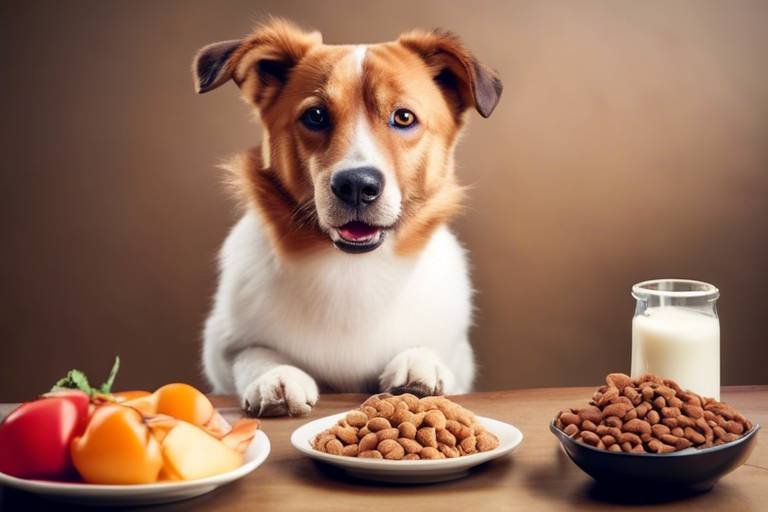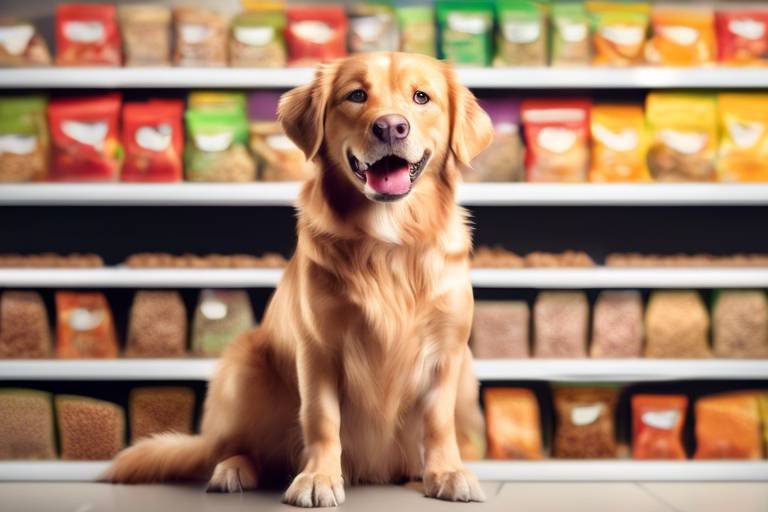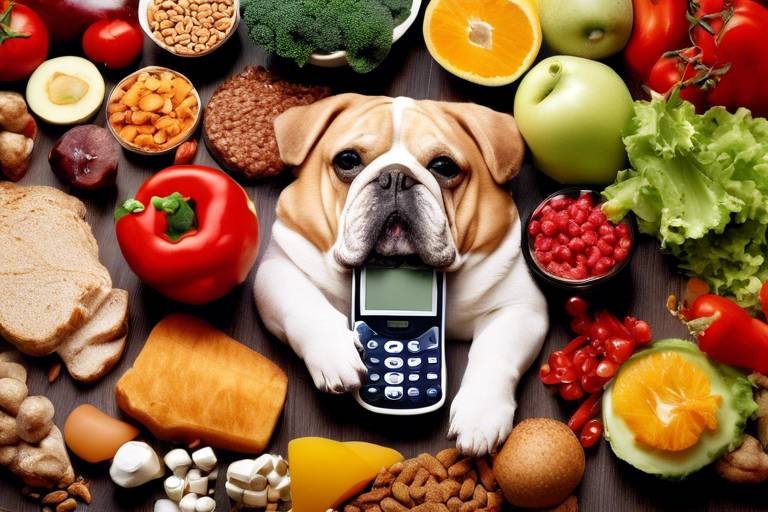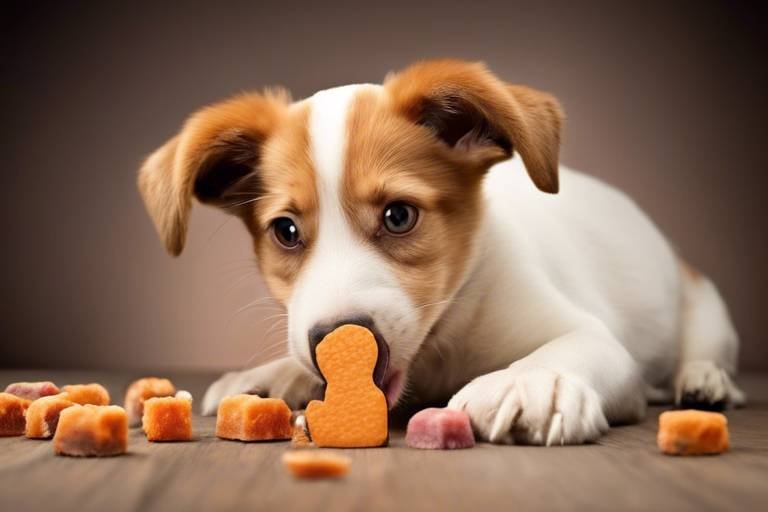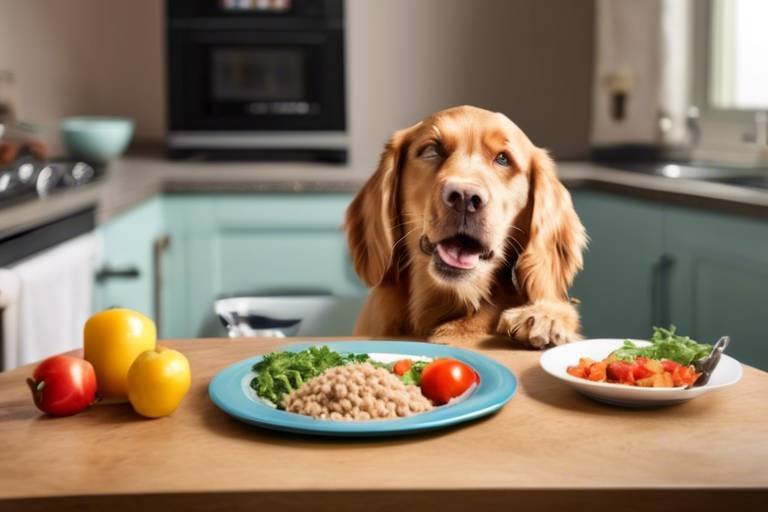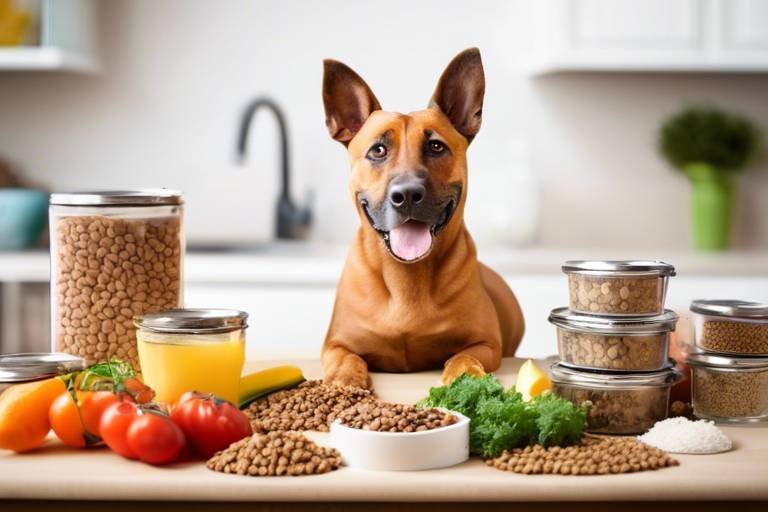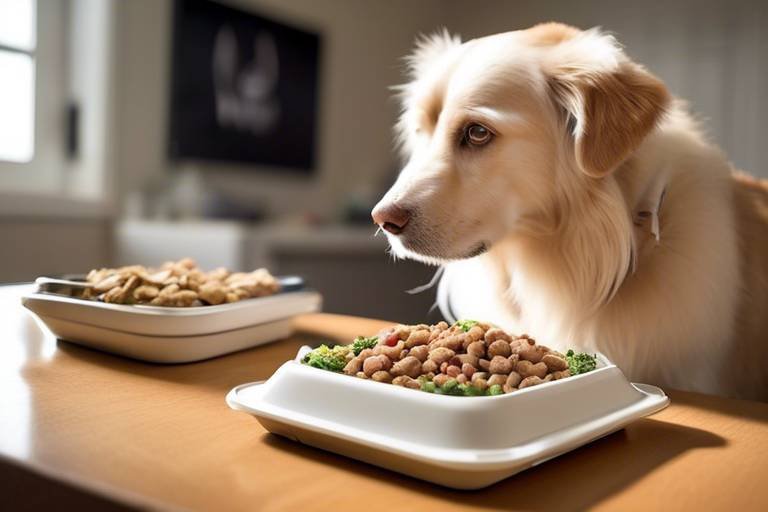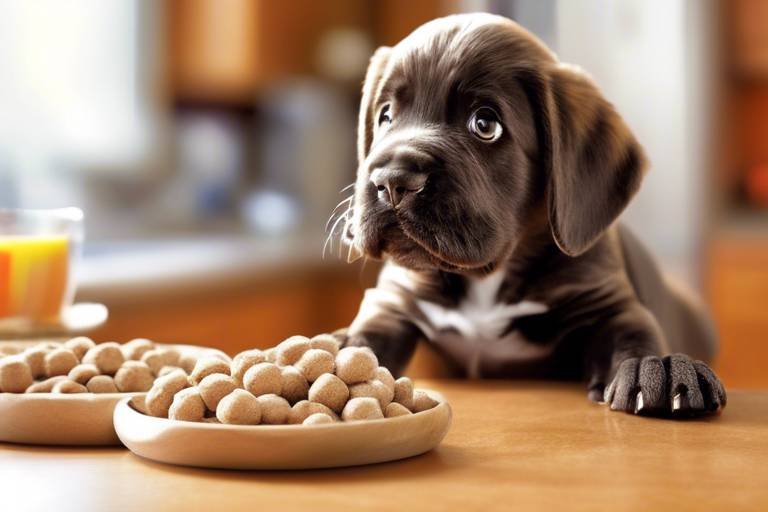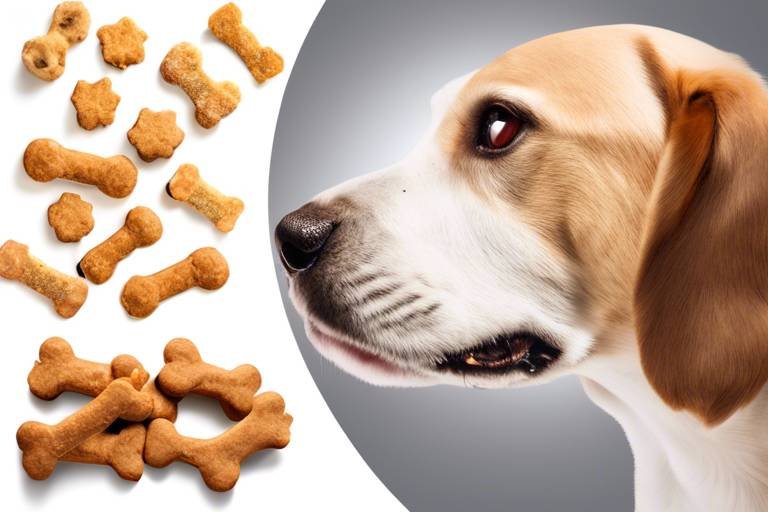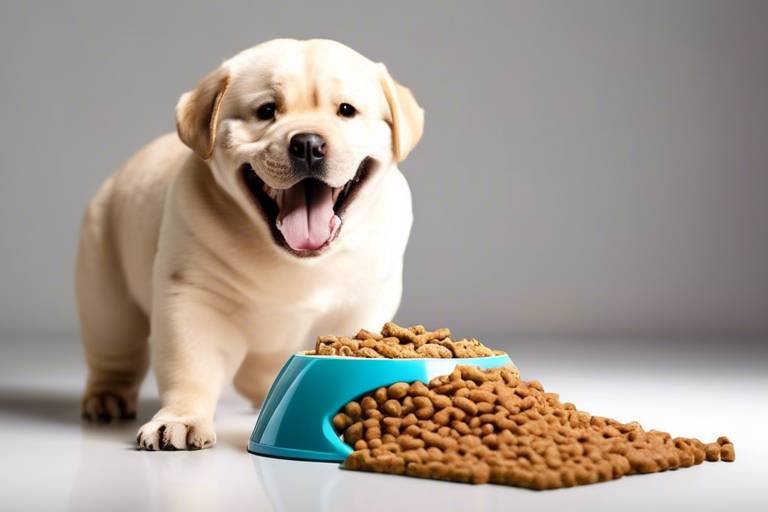How to Create a Balanced Meal Plan for Your Cat
Creating a balanced meal plan for your cat is not just about filling their bowl with food; it's about ensuring they receive all the essential nutrients necessary for optimal health and wellness. Just like us, our feline friends thrive on a diet that meets their specific needs. It can feel overwhelming to navigate the myriad of options available, but with a little guidance, you'll be well on your way to crafting a meal plan that keeps your kitty happy, healthy, and full of energy.
First things first, it's essential to understand that cats are obligate carnivores. This means their bodies are designed to derive most of their nutrition from meat. Unlike dogs, who can thrive on a more varied diet, cats require a specific balance of proteins, fats, and carbohydrates to maintain their health. Think of their diet as a finely tuned engine; if one component is off, the entire system can falter. So, what does this mean for you as a cat owner? It means you need to pay close attention to what goes into that bowl!
When crafting your cat's meal plan, consider the following key components:
- Protein: The cornerstone of your cat's diet. Look for high-quality meat sources like chicken, turkey, or fish.
- Fats: Essential for energy and a healthy coat. Healthy fats can come from fish oil or chicken fat.
- Carbohydrates: While cats don’t need carbs as much as we do, a small amount can be beneficial. Opt for easily digestible sources like pumpkin or sweet potatoes.
With this foundation, you can start to build a meal plan that meets your cat's unique needs. Remember, it’s not just about variety; it’s about balance. Too much of one thing can lead to deficiencies in another. For instance, while protein is crucial, overloading on it without adequate fats can lead to health issues down the line.
As you embark on this journey, keep in mind that every cat is different. Factors such as age, weight, and activity level will influence their dietary requirements. Regularly consulting with your veterinarian can help you fine-tune your cat's meal plan, ensuring it evolves as they do. After all, just like us, cats go through different life stages, and their nutritional needs can change.
In conclusion, creating a balanced meal plan for your cat is a rewarding endeavor that fosters their health and happiness. By prioritizing high-quality ingredients and understanding their unique dietary needs, you can provide your furry friend with the best possible nutrition. So, roll up your sleeves, do some research, and get ready to whip up some delicious meals that your cat will love!
- What is the best protein source for my cat? High-quality meats like chicken, turkey, and fish are excellent choices.
- Can I feed my cat vegetables? Yes, but in moderation. Cats can benefit from small amounts of cooked vegetables like pumpkin or peas.
- How often should I feed my cat? Generally, adult cats do well with two meals a day, but younger cats may require more frequent feeding.
- Should I choose commercial food or homemade meals? Both have their pros and cons. Consult your vet to determine what’s best for your cat’s specific needs.
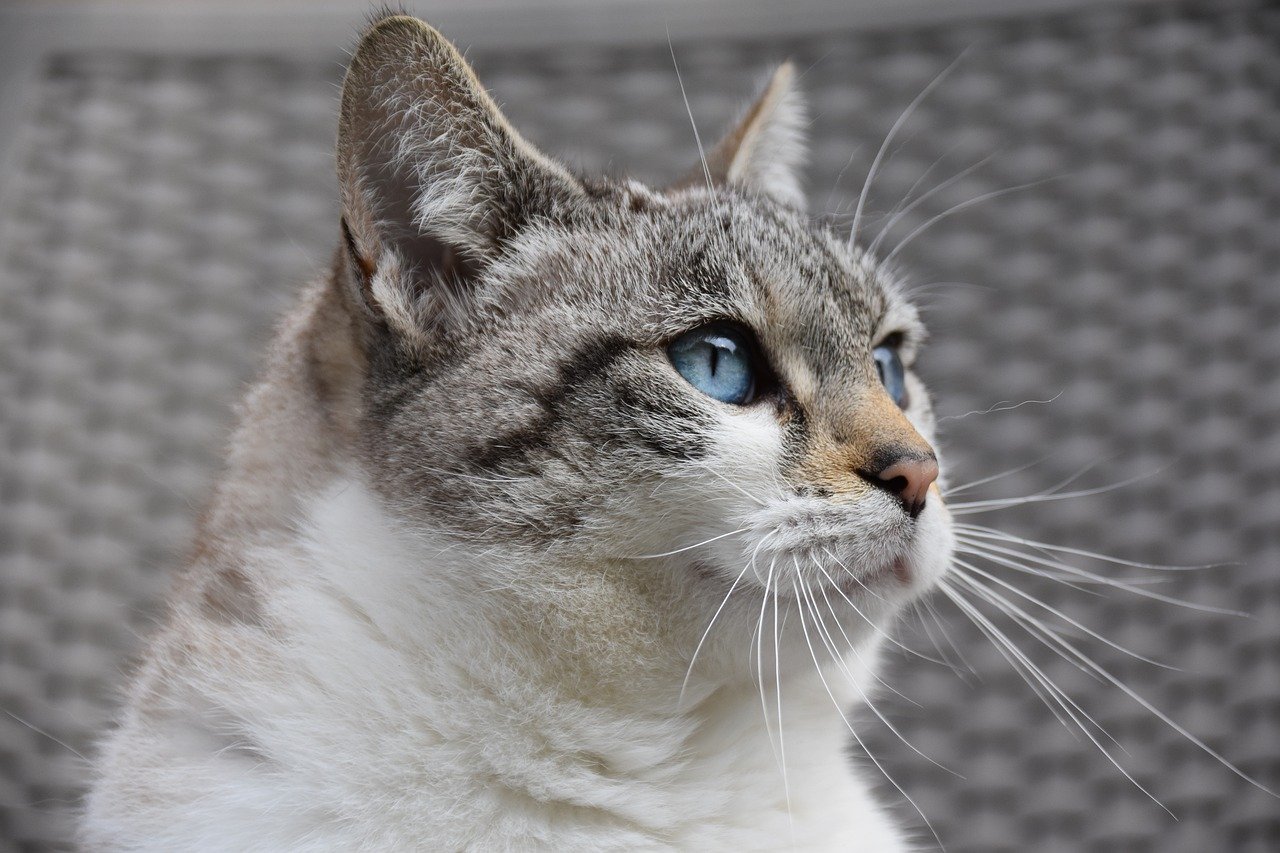
Understanding Your Cat's Nutritional Needs
When it comes to our furry companions, understanding their nutritional needs is akin to deciphering a secret code—one that unlocks the door to their health and happiness. Cats are obligate carnivores, which means their bodies are designed to thrive on a diet rich in meat. This unique dietary requirement sets them apart from other pets, like dogs, that can adapt to a wider range of foods. So, what exactly do our feline friends need to stay fit and fabulous?
First and foremost, let’s talk about proteins. Cats require a high protein intake for energy, muscle maintenance, and overall health. Proteins are made up of amino acids, some of which are essential for cats, meaning they must get them from their diet. A lack of these essential amino acids can lead to serious health issues. Think of protein as the building blocks of your cat's body—without it, they can’t build or repair tissues effectively.
Next up, we have fats. While it may sound counterintuitive, fats are not the enemy! In fact, they play a crucial role in providing energy, supporting cell structure, and aiding in the absorption of fat-soluble vitamins. Healthy fats, such as those found in fish oil, can also contribute to a shiny coat and healthy skin. Just remember, moderation is key; too much fat can lead to obesity, which is a common concern in indoor cats.
Carbohydrates, on the other hand, are a bit of a gray area in a cat's diet. Unlike dogs, cats have a limited ability to digest carbohydrates. While they can derive some energy from them, their diet should contain minimal amounts of carbs. Think of carbohydrates as the extra toppings on a pizza; they can be nice to have, but they shouldn't be the main event. Instead, focus on providing your cat with high-quality protein and fat sources to meet their energy needs.
To summarize, a balanced diet for your cat should include:
- High-quality proteins from meat and fish
- Healthy fats for energy and skin health
- Minimal carbohydrates to prevent digestive issues
Understanding these nutritional needs is just the first step. It’s essential to choose the right ingredients that align with these requirements, ensuring your feline friend receives a well-rounded diet. In the next section, we’ll dive into how to select the best ingredients to create a meal plan that keeps your cat purring with delight!
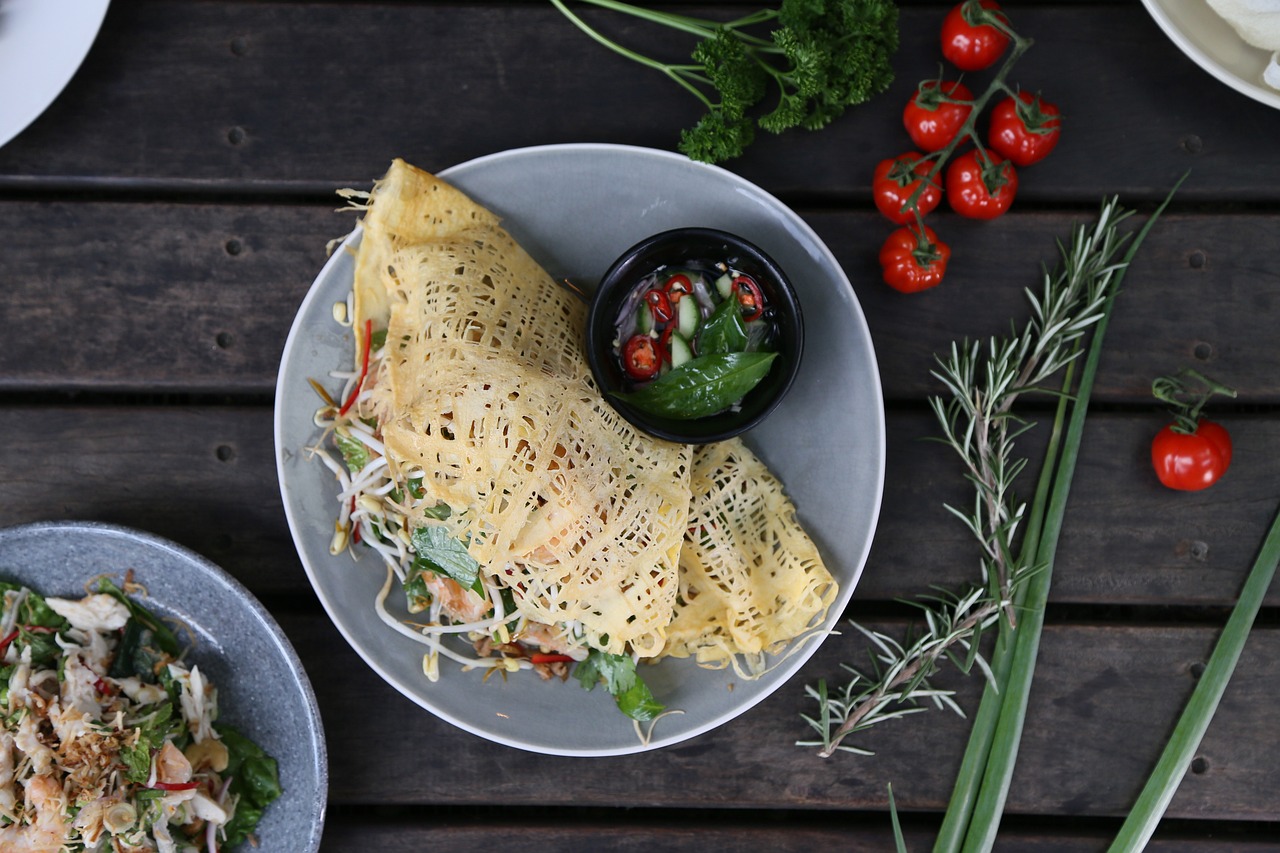
Choosing the Right Ingredients
When it comes to crafting a balanced meal plan for your beloved feline, choosing the right ingredients is absolutely crucial. Think of it as building a solid foundation for a house; if the base is weak, everything else will crumble. Cats, being obligate carnivores, have specific dietary needs that must be met to ensure they thrive. This means you need to focus on high-quality sources of protein, fats, and minimal carbohydrates.
Let’s dive deeper into what makes the best ingredients for your cat’s diet. First, protein is the cornerstone of feline nutrition. Cats require a significant amount of protein to maintain their energy levels, support their immune system, and promote healthy skin and fur. Think of protein as the fuel that keeps your cat’s engine running smoothly. The best sources of protein for cats include:
- Meat: Chicken, turkey, and beef are excellent choices. They provide essential amino acids that cats cannot synthesize on their own.
- Fish: Salmon and tuna can be great occasional treats, loaded with omega-3 fatty acids that support heart health.
- Plant-based alternatives: While cats are primarily meat-eaters, some plant proteins can be included in moderation, like peas or lentils, but they should never be the main ingredient.
Next up, we have fats. Healthy fats are vital for your cat’s overall health, providing energy and supporting cell function. However, not all fats are created equal. Look for sources of omega-3 and omega-6 fatty acids, which are essential for maintaining a shiny coat and healthy skin. Fish oil and chicken fat are good examples of healthy fat sources. Remember, though, that fat should only make up a small portion of your cat's diet—too much can lead to obesity.
Now, let’s talk about carbohydrates. Cats don’t have a high requirement for carbohydrates, and in fact, their bodies are not designed to process large amounts of them. Think of carbohydrates as the side dish on your cat’s plate—important, but not the main course. Opt for minimal carbs, focusing on high-quality sources like sweet potatoes or pumpkin, which can provide fiber and aid in digestion without overwhelming your cat’s system.
In summary, when choosing ingredients for your cat’s meal plan, prioritize:
| Category | Best Sources |
|---|---|
| Protein | Chicken, turkey, beef, salmon, tuna |
| Fats | Fish oil, chicken fat |
| Carbohydrates | Sweet potatoes, pumpkin |
By paying close attention to the quality of ingredients you choose, you’re setting your cat up for a lifetime of health and happiness. So, next time you’re shopping for cat food or planning a homemade meal, remember that every ingredient counts. It’s not just about filling their bowl; it’s about nourishing their body and soul.
1. Can I feed my cat a vegetarian diet?
While some plant-based proteins can be included, cats are obligate carnivores and require animal protein to thrive. A strictly vegetarian diet is not recommended.
2. How can I tell if the ingredients I’m using are high quality?
Look for ingredients that are identifiable and recognizable. Avoid foods with vague terms like "meat by-products" and opt for those that list specific meats.
3. Is it okay to give my cat treats or human food?
Yes, but moderation is key. Ensure that any treats or human food are safe for cats and do not make up more than 10% of their daily caloric intake.
Protein Sources
When it comes to your cat's diet, protein is a non-negotiable ingredient. Cats are obligate carnivores, which means their bodies are designed to thrive on a diet rich in animal protein. This essential nutrient plays a vital role in building and repairing tissues, producing enzymes and hormones, and supporting overall health. But not all protein sources are created equal, and understanding the best options for your feline friend is crucial.
One of the most common protein sources for cats is meat. Chicken, turkey, and beef are popular choices, providing high-quality protein packed with essential amino acids. Fish, such as salmon and tuna, is another excellent source, offering omega-3 fatty acids that contribute to a shiny coat and healthy skin. However, it's important to be cautious with fish; while it can be a tasty treat, too much can lead to health issues due to high mercury levels.
Beyond traditional meat sources, there are also plant-based protein alternatives. While cats primarily need animal protein, some commercial cat foods incorporate plant proteins like soy or peas. However, these should not be the mainstay of your cat's diet, as they do not provide all the essential amino acids that cats require. In fact, a diet overly reliant on plant proteins can lead to deficiencies and health problems.
Here’s a quick comparison of different protein sources:
| Protein Source | Benefits | Risks |
|---|---|---|
| Meat (Chicken, Beef) | High-quality protein, rich in amino acids | Potential for contamination if not cooked properly |
| Fish (Salmon, Tuna) | Omega-3 fatty acids, great taste | High mercury levels, possible thiamine deficiency |
| Plant-based Proteins | Can be used in moderation | Lacks essential amino acids, risk of deficiencies |
Now, let’s dive deeper into the debate of raw vs. cooked protein. Raw diets have gained popularity among some cat owners, who believe that feeding their pets raw meat mimics a natural diet. Proponents argue that raw diets can lead to shinier coats, healthier skin, and improved digestion. However, there are significant risks involved, including exposure to harmful bacteria like Salmonella or E. coli. On the flip side, cooked proteins are safer and can still provide the necessary nutrients, but they may lose some vitamins and minerals in the cooking process.
For those considering whether to opt for commercial or homemade diets, there are pros and cons to each. Commercial cat foods are formulated to meet the nutritional needs of cats and are convenient. However, not all commercial foods are created equal; some may contain fillers and artificial additives. Homemade diets allow for better control over ingredients, but they require careful planning to ensure they are nutritionally balanced. Consulting with a veterinarian or a pet nutritionist can help you navigate these choices effectively.
In summary, when selecting protein sources for your cat, focus on high-quality meats and fish while being cautious with plant-based alternatives. Whether you choose raw or cooked, or go the commercial or homemade route, ensuring your cat receives adequate protein is essential for their health and happiness.
Raw vs. Cooked Protein
When it comes to feeding your feline friend, the debate between raw and cooked protein is a hot topic among cat owners and veterinarians alike. Each method has its own set of advantages and disadvantages, and understanding these can help you make the best choice for your cat's diet. Let's dive into the pros and cons of each option, shall we?
Starting with raw protein, many cat enthusiasts argue that it closely mimics what cats would naturally consume in the wild. Raw diets often include fresh meats, organs, and bones. These diets can be incredibly nutrient-dense, providing essential amino acids and fatty acids that are vital for your cat’s health. However, there are risks associated with raw feeding, such as the potential for bacterial contamination (like Salmonella or E. coli). It's crucial to ensure that the meat is sourced from reputable suppliers and handled with care.
On the flip side, cooked protein is generally considered safer. Cooking meat can eliminate harmful bacteria, making it a more hygienic option. Plus, cooking can make some nutrients more accessible, as it breaks down the cell walls of certain foods. However, there’s a catch: overcooking can lead to nutrient loss, particularly of heat-sensitive vitamins. So, if you choose to cook for your cat, it’s essential to do it right—think lightly steaming or boiling rather than frying or grilling.
To help you visualize the differences, here’s a quick comparison:
| Aspect | Raw Protein | Cooked Protein |
|---|---|---|
| Nutritional Value | High, but varies with preparation | Can be high, but may lose some nutrients |
| Safety | Risk of bacteria | Generally safer, but still needs proper handling |
| Convenience | Requires careful sourcing and preparation | Easy to prepare and serve |
| Cost | Can be more expensive | Varies, but often more affordable |
Ultimately, the choice between raw and cooked protein will depend on your cat's individual needs, your lifestyle, and your comfort level with food preparation. It’s always a good idea to consult with your veterinarian before making any significant changes to your cat's diet to ensure it meets their specific health requirements.
- Is a raw diet safe for all cats? - While many cats thrive on raw diets, some may be more susceptible to foodborne illnesses. Always consult your vet first.
- Can I mix raw and cooked protein? - Mixing the two can be done, but it's essential to maintain a balanced diet and monitor your cat's health.
- What are the signs that my cat is not getting enough protein? - Look for signs like lethargy, poor coat condition, or weight loss.
Commercial vs. Homemade Diets
When it comes to choosing the best diet for your feline companion, the debate between commercial and homemade diets is a hot topic among cat owners. Each option has its own set of advantages and disadvantages, making it essential to weigh your choices carefully. Let's dive into the pros and cons of both diets to help you make an informed decision.
Commercial cat foods are often formulated by veterinarians and animal nutritionists, ensuring they meet the specific dietary needs of cats. These foods come in various forms—dry kibble, wet canned food, and even freeze-dried options. One of the biggest advantages of commercial diets is their convenience. With a quick trip to the pet store, you can stock up on a variety of flavors and formulations, saving you time and effort in meal preparation. Moreover, reputable brands often conduct extensive research and testing to ensure their products are nutritionally balanced.
However, not all commercial cat foods are created equal. Some brands may use low-quality ingredients or fillers that provide little nutritional value. It's crucial to read labels carefully and choose high-quality products that list real meat as the first ingredient. Additionally, some cats may develop food sensitivities or allergies to certain commercial diets, necessitating a switch to a different formula.
On the other hand, homemade diets allow you to have complete control over what your cat eats. This can be particularly beneficial if your cat has specific dietary needs or allergies. By preparing meals at home, you can choose fresh, high-quality ingredients and tailor the diet to your cat's unique preferences. For instance, you can include a variety of protein sources, such as chicken, turkey, or fish, along with vegetables and healthy fats.
However, creating a balanced homemade diet requires a solid understanding of feline nutrition. Cats are obligate carnivores, meaning they need certain nutrients that are primarily found in animal tissues. If you're not careful, you may inadvertently create a diet that lacks essential vitamins and minerals. It's advisable to consult with a veterinarian or a pet nutritionist before transitioning to a homemade diet to ensure you’re meeting all of your cat's nutritional requirements.
To summarize, both commercial and homemade diets have their merits and drawbacks. The key is to choose a feeding method that aligns with your cat's health needs, your lifestyle, and your ability to provide balanced nutrition. If you opt for a commercial diet, ensure it's of high quality and suits your cat's specific needs. If you decide to go the homemade route, invest time in learning about feline nutrition and consult professionals to create a well-rounded meal plan.
Ultimately, whether you choose commercial or homemade diets, the goal remains the same: to provide your cat with a balanced and nutritious diet that keeps them healthy and happy. Remember, a well-fed cat is a happy cat!
- Can I mix commercial and homemade diets? Yes, many cat owners choose to combine both to offer variety while ensuring balanced nutrition.
- How do I know if my cat is getting enough nutrients? Regular vet check-ups and monitoring your cat's weight and coat condition can help you assess their nutritional status.
- Are there any supplements I should consider for homemade diets? Depending on the ingredients you use, supplements may be necessary. Consult with your vet for tailored advice.
Fats and Carbohydrates
When it comes to your cat's diet, understanding the role of fats and carbohydrates is as important as knowing their protein needs. Cats are obligate carnivores, which means their bodies are designed to thrive on a diet that is primarily made up of animal-based proteins and fats. However, that doesn't mean fats and carbs should be overlooked; they play essential roles in your feline’s overall health.
Fats are a vital source of energy for your cat, providing more than double the calories per gram compared to proteins and carbohydrates. They also aid in the absorption of fat-soluble vitamins (A, D, E, and K) and contribute to a shiny, healthy coat. Healthy fat sources include fish oil, chicken fat, and flaxseed oil, which can provide essential fatty acids like omega-3 and omega-6. These fatty acids are crucial for maintaining heart health, reducing inflammation, and supporting brain function.
On the other hand, carbohydrates are often misunderstood in a cat's diet. While cats have a limited ability to digest carbohydrates, they can still benefit from small amounts of easily digestible carbs. These can include ingredients like sweet potatoes, peas, and pumpkin. Carbohydrates can provide a quick source of energy and help with digestive health due to their fiber content. However, it's essential to keep their intake minimal because excessive carbs can lead to obesity and other health issues.
To give you a clearer picture of the balance of fats and carbohydrates in your cat's diet, consider the following table:
| Component | Function | Sources |
|---|---|---|
| Fats | Energy source, vitamin absorption, healthy skin and coat | Fish oil, chicken fat, flaxseed oil |
| Carbohydrates | Quick energy source, digestive health | Sweet potatoes, peas, pumpkin |
In summary, while your cat's diet should primarily consist of proteins, incorporating the right types of fats and a minimal amount of carbohydrates can significantly enhance their overall health. Always remember to consult with your veterinarian before making any significant changes to your cat's diet, as they can provide tailored advice based on your cat's specific health needs.
- Can cats digest carbohydrates? Yes, but they should be given in moderation as cats primarily thrive on proteins and fats.
- What are the best sources of fat for my cat? Healthy fats can be sourced from fish oil, chicken fat, and flaxseed oil.
- How much carbohydrate should I include in my cat's diet? A small amount is sufficient; focus on easily digestible options like sweet potatoes and peas.
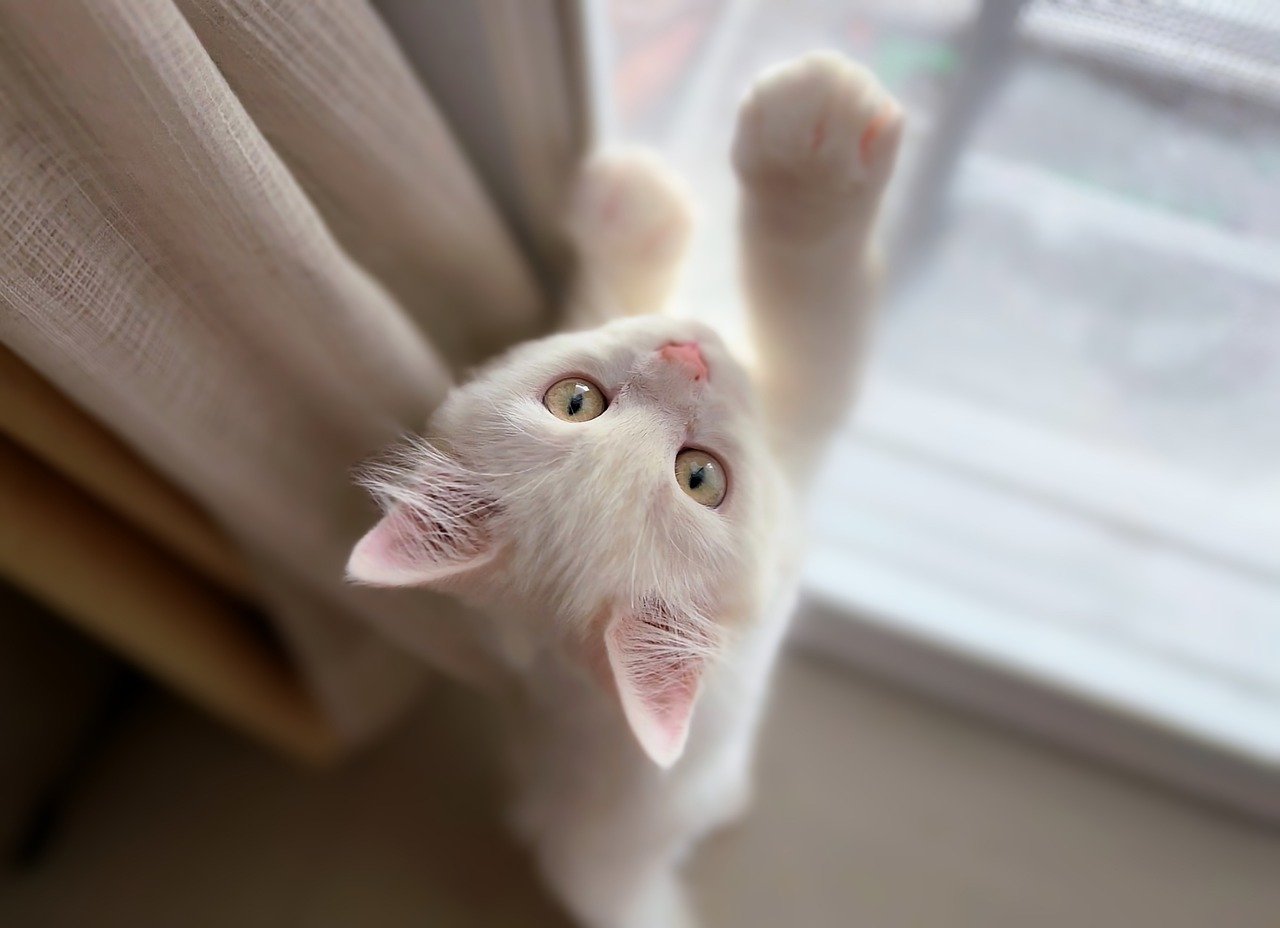
Portion Control and Feeding Schedule
Establishing an appropriate portion size and feeding routine is vital for maintaining your cat's weight and overall health. Just like us, cats thrive on a consistent schedule and balanced portions. Imagine your furry friend as a finely tuned engine; if you feed it too much or too little, it won't run smoothly. So, how do you ensure that your cat gets the right amount of food at the right times? Let’s dive in!
First, it's essential to understand that each cat is unique, with varying needs based on their age, weight, and activity level. For instance, a playful kitten has different caloric needs compared to a senior cat lounging around the house. To help you get started, here's a simple formula to calculate your cat's daily caloric needs:
| Cat's Weight (lbs) | Activity Level | Daily Caloric Requirement |
|---|---|---|
| 5 | Low | 180 |
| 10 | Moderate | 250 |
| 15 | High | 350 |
Using the table above, you can estimate how many calories your cat requires each day. Once you have this number, you can adjust the portions accordingly. If you’re feeding dry kibble, check the packaging for the caloric content per cup, and divide your cat's daily needs by that number to find out how much to serve.
Next, let’s talk about feeding frequency. Cats are natural grazers, so they often prefer to eat small meals throughout the day. However, this doesn’t mean you can leave food out all day. Instead, consider these options:
- Multiple Small Meals: Feeding your cat three to four small meals a day can help maintain their energy levels and prevent overeating.
- One or Two Larger Meals: If your schedule is tight, serving one or two larger meals can still work, as long as you stick to the portion sizes.
Whichever method you choose, consistency is key. Cats thrive on routine, so try to feed them at the same times each day. This not only helps with their digestion but also keeps them happy and content. You might even notice your cat waiting by their food bowl at the same time each day, eagerly anticipating mealtime!
In conclusion, mastering portion control and feeding schedules is an essential part of ensuring your cat remains healthy and happy. By calculating their caloric needs and sticking to a consistent feeding routine, you can help your feline friend lead a vibrant life. Remember, a well-fed cat is a happy cat!
Here are some common questions cat owners have regarding portion control and feeding schedules:
- How often should I feed my cat? It typically depends on their age and activity level. Kittens may need more frequent meals, while adult cats can thrive on two meals a day.
- What if my cat is overweight? Consult your veterinarian for a tailored meal plan and portion sizes to help your cat lose weight safely.
- Can I mix wet and dry food? Yes, mixing wet and dry food can provide variety and help with hydration, but be mindful of the total caloric intake.
Calculating Daily Caloric Needs
Understanding how to calculate your cat's daily caloric needs is essential for ensuring they receive the right amount of nutrients to maintain a healthy weight and lifestyle. Just like humans, cats have varying energy requirements based on factors such as age, weight, and activity level. So, how do you figure out the magic number of calories your furry friend needs each day?
The first step is to determine your cat's Resting Energy Requirement (RER). This is the number of calories your cat needs at rest to maintain basic bodily functions. You can calculate RER using the formula:
RER 70 x (body weight in kg)^0.75
For example, if your cat weighs 4 kg, the calculation would be:
RER 70 x (4)^0.75 70 x 2.83 ≈ 198 calories
Once you have the RER, you can estimate your cat’s total daily energy requirement (DER) by considering their activity level. The formula to use is:
DER RER x Activity Factor
Here's a quick guide on the activity factors:
| Activity Level | Activity Factor |
|---|---|
| Inactive (senior, overweight) | 1.2 |
| Moderately Active (indoor cats) | 1.4 |
| Active (outdoor cats) | 1.6 - 2.0 |
For instance, if your cat's RER is 198 calories and they are moderately active, you would calculate:
DER 198 x 1.4 ≈ 277 calories
Now, this is a simplified approach, and it’s important to note that individual needs may vary. Regularly monitoring your cat's weight and adjusting their caloric intake accordingly is crucial. If your cat starts to gain weight, you may need to reduce their daily calorie intake, while weight loss might require an increase.
Additionally, consider consulting with your veterinarian for personalized advice, especially if your cat has specific health concerns or dietary needs. They can help you craft a tailored meal plan that meets your cat's unique requirements, ensuring they stay healthy and happy.
By calculating and adjusting your cat's daily caloric needs, you are taking a significant step towards providing them with a balanced and nutritious diet that supports their overall well-being.
- How often should I calculate my cat's caloric needs? It's a good idea to reassess every few months or whenever there are changes in your cat's weight or activity level.
- Can I use commercial cat food to determine caloric needs? Yes, most commercial cat foods provide calorie content on the packaging, which can help you gauge portion sizes.
- What if my cat is overweight or underweight? Adjust their caloric intake based on their condition and consult your vet for tailored advice.
Feeding Frequency
When it comes to your cat's diet, is just as important as the quality of the food itself. Cats are unique creatures with their own set of dietary needs, and understanding how often to feed them can make a world of difference in their overall health and happiness. So, how often should you fill their bowl? Well, it largely depends on your cat's age, activity level, and personal preferences. Just like humans, cats thrive on routine, and establishing a consistent feeding schedule can help keep their metabolism steady and their weight in check.
For most adult cats, feeding them two meals a day is generally recommended. This allows them to maintain a healthy weight and prevents the dreaded "grazing" behavior that can lead to overeating. However, kittens have different needs; they are growing and require more frequent meals. Typically, three to four meals a day is ideal for kittens to support their rapid growth and energy levels. Think of it like this: if you were a growing teenager, you wouldn't want to eat just once or twice a day, right? The same goes for our furry friends!
Another thing to consider is your cat's lifestyle. If your feline friend is more active, they might benefit from multiple small meals throughout the day. This approach mimics their natural hunting instincts, where they would catch several small prey throughout the day. On the other hand, if your cat is more of a couch potato, sticking to a couple of larger meals might suffice. Ultimately, it's about finding the right balance that suits your cat's unique needs.
To help you visualize the feeding frequency, here’s a simple table outlining meal recommendations based on your cat's age:
| Age | Recommended Meals Per Day |
|---|---|
| Kittens (0-6 months) | 3-4 meals |
| Young Adults (6 months - 2 years) | 2-3 meals |
| Adults (2 years +) | 2 meals |
| Seniors (7 years +) | 2 meals (may vary based on health) |
Additionally, it's essential to observe your cat's behavior when it comes to feeding. If they seem overly eager or anxious during mealtime, it might be time to adjust their feeding frequency or the amount of food they receive. Some cats may benefit from interactive feeding toys that dispense food slowly, keeping them engaged and preventing them from gobbling everything down in one go. After all, a well-fed cat is a happy cat!
In summary, finding the right feeding frequency for your cat is a blend of understanding their age, activity level, and individual preferences. By sticking to a consistent schedule and paying attention to their needs, you can help ensure that your feline companion stays healthy, happy, and full of life.
- How many meals should I feed my adult cat? Most adult cats do well with two meals a day.
- Can I free-feed my cat? Free-feeding can lead to overeating; it’s better to stick to scheduled meals.
- What if my cat doesn’t finish their food? Monitor their eating habits and adjust portion sizes accordingly.
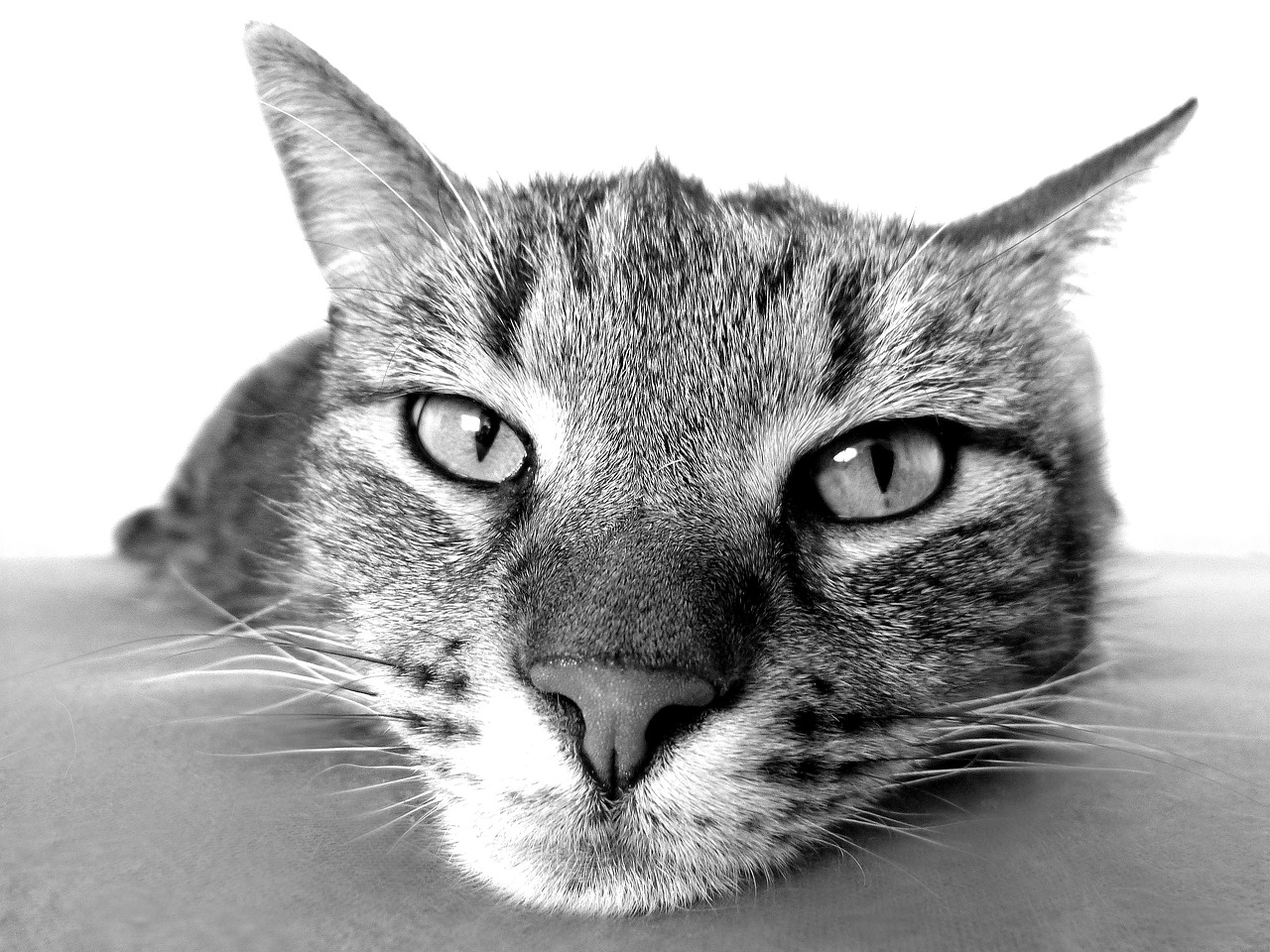
Monitoring Your Cat's Health
Once you've established a meal plan for your feline friend, the journey doesn't end there. In fact, it's just the beginning! Monitoring your cat's health is an essential part of ensuring that your carefully crafted meal plan is actually meeting their needs. Just like you would keep an eye on your own health, your cat deserves the same level of attention. But what exactly should you be looking for? Let's dive into the key aspects you need to monitor.
First and foremost, keep an eye on your cat's weight. Weight fluctuations can be an indicator of various health issues. If your cat is gaining weight rapidly, it might be time to reassess portion sizes or the caloric density of their food. Conversely, if they are losing weight, it could signal that they are not getting enough nutrients or that there is an underlying health issue. Regular weigh-ins can help you spot these changes early. A simple home scale can do the trick, or you can take your cat to the vet for a more accurate measurement.
Next, observe your cat's behavior and energy levels. Cats are creatures of habit, and any significant changes in their activity levels can signal health problems. Are they more lethargic than usual? Or perhaps they are hyperactive and restless? Changes in behavior can often indicate discomfort or illness. For instance, if your cat is suddenly disinterested in playtime, it might be worth scheduling a vet visit to rule out any potential issues.
Additionally, pay attention to your cat's coat and skin. A shiny, healthy coat is often a sign of good nutrition and overall health, while a dull or flaky coat can indicate nutritional deficiencies or health problems. Regular grooming not only helps keep your cat looking their best but also allows you to check for any unusual lumps, bumps, or skin irritations. Don't forget to examine their eyes, ears, and teeth as well—these are all indicators of your pet's health.
Another important factor is monitoring your cat's litter box habits. Changes in urination or defecation can be a red flag. For instance, if your cat is urinating more frequently or straining to go, it could indicate a urinary tract infection or other serious issues. Likewise, if your cat is experiencing diarrhea or constipation, it's vital to take action. Keeping a diary of your cat's bathroom habits can be helpful in identifying any concerning trends.
Finally, don’t hesitate to consult with your veterinarian regularly. They can provide invaluable insights into your cat's health and help you make necessary adjustments to their meal plan. Regular check-ups are essential, especially as your cat ages. Your vet can help you determine if your cat's diet needs to be adjusted based on their current health status, weight, and lifestyle changes.
In summary, monitoring your cat's health is a continuous process that involves observing their weight, behavior, coat condition, litter box habits, and regular vet visits. By staying vigilant and responsive to any changes, you can ensure your beloved pet remains happy and healthy for years to come.
- How often should I take my cat to the vet? It's generally recommended to visit the vet at least once a year for a check-up, but older cats or those with health issues may need more frequent visits.
- What should I do if my cat's weight changes significantly? Consult your veterinarian to determine the cause and adjust their diet or feeding routine accordingly.
- How can I tell if my cat is getting enough nutrients? Look for signs like a shiny coat, good energy levels, and regular bathroom habits. If you notice any changes, consult your vet.
Signs of Nutritional Deficiencies
Just like us, our feline friends can experience nutritional deficiencies that can impact their overall health and well-being. As a responsible cat owner, it’s essential to be vigilant and recognize the signs that your cat may not be getting the nutrients they need. One of the first things you might notice is a change in their coat. A shiny, healthy coat is often a reflection of a balanced diet, while a dull, dry, or flaky coat can indicate a lack of essential fatty acids or other vital nutrients.
Another common sign is a shift in your cat's energy levels. If your once playful kitty suddenly becomes lethargic or less active, it might be time to reassess their diet. Additionally, watch for changes in their appetite. A cat that suddenly refuses to eat or shows a marked decrease in appetite could be signaling a nutritional imbalance. On the flip side, excessive hunger can also be a red flag, suggesting that they are not receiving adequate nutrition from their meals.
Moreover, keep an eye on your cat’s weight. Sudden weight loss or gain can be a sign of underlying health issues, including nutritional deficiencies. It's also crucial to observe their litter box habits. If you notice changes in their stool, such as diarrhea or constipation, it could be linked to dietary issues. Healthy stools should be firm and well-formed, while irregularities may indicate that their diet lacks the necessary fiber or hydration.
Lastly, consider their dental health. Bad breath, gum disease, or tooth decay can also be signs that your cat's diet isn't up to par. A balanced diet should promote oral health, so if you notice any of these dental issues, it might be time to evaluate their food choices.
In summary, being aware of these signs can help you make timely adjustments to your cat's meal plan. If you notice any of these symptoms, consulting with a veterinarian is always a good idea to ensure your furry friend receives the proper nutrition they deserve.
- What are the most common signs of nutritional deficiencies in cats? Look for changes in coat condition, energy levels, appetite, weight, litter box habits, and dental health.
- How can I prevent nutritional deficiencies in my cat? Provide a balanced diet with high-quality ingredients, and consult your veterinarian for dietary recommendations.
- When should I consult a vet about my cat's diet? If you notice any significant changes in your cat's health or behavior, it's best to seek professional advice.
Adjusting the Meal Plan
Just like us, our furry friends go through changes in their lives that can affect their dietary needs. Whether it's aging, changes in activity level, or even health issues, being flexible with your cat's meal plan is crucial for their overall well-being. You might be wondering, "How do I know when to adjust the meal plan?" Well, there are several signs and factors to consider that can guide you in making the right changes.
First and foremost, it's essential to keep an eye on your cat's weight. If you notice that your cat is gaining or losing weight unexpectedly, it might be time to take a closer look at their calorie intake. For instance, a cat that was once a playful kitten may become a more sedentary adult, requiring fewer calories. On the other hand, if your cat becomes more active or starts playing more, they may need a boost in their caloric intake. Regular weigh-ins can help you track these changes effectively.
Another critical factor is your cat's age. Kittens, adults, and senior cats all have different nutritional requirements. Kittens need more protein and calories to support their rapid growth, while senior cats may need a diet lower in calories but higher in fiber to help with digestion. It’s worth considering a shift in their diet as they transition from one life stage to another. You might find that the same food they loved as a kitten doesn’t quite meet their needs as they age.
Health issues can also necessitate adjustments to your cat's meal plan. If your veterinarian diagnoses your cat with a condition such as diabetes, kidney disease, or allergies, you may need to switch to a specialized diet. Always consult with your vet before making significant changes, as they can provide tailored advice based on your cat's specific health needs.
In addition to these factors, keep an eye out for any signs of nutritional deficiencies. If your cat seems lethargic, has a dull coat, or is experiencing digestive issues, it could indicate that their current diet isn't providing the necessary nutrients. In such cases, it’s important to reassess their meal plan and consider enriching it with more vitamins and minerals, or even switching to higher-quality food.
Moreover, it’s beneficial to maintain a record of your cat's eating habits and any changes you observe. This can be as simple as jotting down notes in a notebook or using an app designed for pet care. By tracking their food intake and any reactions, you can make informed decisions about when and how to adjust their meal plan.
Ultimately, the goal is to ensure that your cat remains healthy, happy, and well-nourished throughout their life. Remember, adjusting the meal plan is not just about changing the food; it’s about understanding your cat’s unique needs and responding to them proactively. By being attentive and responsive, you can create a meal plan that adapts as your cat grows and changes, ensuring that they always get the nutrition they need.
- How often should I adjust my cat's meal plan? It's best to review their meal plan every few months or whenever you notice significant changes in their weight, activity level, or health.
- Can I mix different types of food? Yes, but it's important to do so carefully. Gradually mix new foods with the old to avoid digestive upset, and ensure that the combination meets all nutritional needs.
- What should I do if my cat refuses to eat? If your cat suddenly refuses food, it's crucial to consult your veterinarian to rule out any underlying health issues.
Frequently Asked Questions
- What are the essential nutrients my cat needs?
Cats require a balanced diet rich in proteins, fats, and minimal carbohydrates. Proteins are crucial for muscle health, while fats provide energy and support skin and coat health. Always ensure the ingredients you choose meet these nutritional needs!
- Can I feed my cat raw food?
Feeding raw food can be beneficial, as it often contains high-quality nutrients. However, it also poses risks like bacterial contamination. It's essential to weigh the pros and cons and consult your vet before making the switch to raw diets.
- How do I calculate my cat's daily caloric needs?
To calculate your cat's daily caloric needs, consider their age, weight, and activity level. A general rule is to feed around 20 calories per pound of body weight, but this can vary based on individual factors. Always monitor their weight to adjust accordingly!
- How often should I feed my cat?
The ideal feeding frequency for cats can vary. Some cats thrive on multiple small meals throughout the day, while others may prefer one or two larger meals. Observe your cat's behavior and energy levels to determine what works best for them!
- What are the signs of nutritional deficiencies in cats?
Watch for signs like weight loss, poor coat condition, or lethargy. If you notice any of these symptoms, it might be time to reassess your cat's meal plan and consult a veterinarian for guidance.
- Should I choose commercial cat food or homemade meals?
Both options have their benefits. Commercial cat food is convenient and often balanced, while homemade meals allow for more control over ingredients. It ultimately depends on your lifestyle and your cat's specific needs. Just ensure that any homemade diet is nutritionally complete!
- How can I adjust my cat's meal plan over time?
As your cat ages or their activity level changes, you may need to adjust their meal plan. Monitor their weight and health regularly, and consult a vet to make necessary modifications, ensuring they continue to receive the right nutrients!


